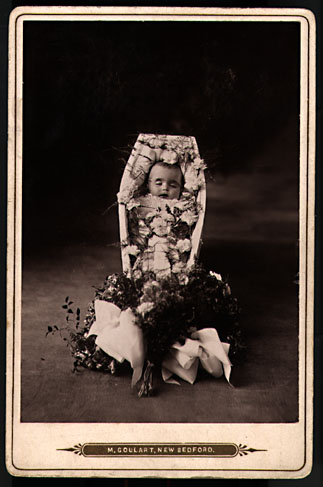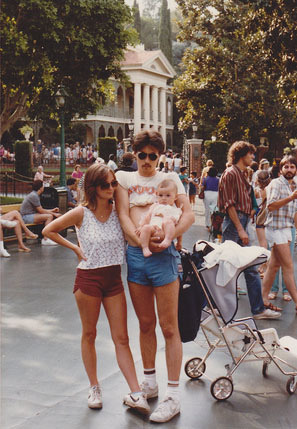
Nixon began shooting an annual photograph of his wife, Bebe Brown, and her three sisters in 1975, and selected one photograph each year to represent them. Looking at a group these photographs allows the viewer to draw conclusions about the shifting dynamics between the four, about their psychology, their various beauties, their aging, and our own aging, and for many viewers, to find a connection between themselves and the four sisters.





Nicholas Nixon, The Brown Sisters, Dallas, 2008
Nixon and others working in a similar vein opened many questions about what is and is not art. Many feel like these photographs belong in family albums, no museums, while others see the questions that they open offer the sort of breadth and depth that we ask of great art, and add the precision of craftsmanship and attention to detail that much art has shown.
Work like Nixon's cracks open questions regarding another set of conventions. If Nixon can make photographs that look like family photographs into high art, and show them in the highest of ''highbrow' museums, do other venues that show provocative family photographs in ways that open subtle questions about us as humans, as families, as individuals-- 'lowbrow' sites and spaces, that is-- deserve consideration by 'highbrow' thinkers. In other words, the relationship between artist, gallery and viewer opens up to include alternative photography 'gallery' spaces like those you can find today online, like:

1. Dan Meinwald's essay "Memento Mori" from the popular and academic site at UCLA on end of life issues, which includes many Victorian post-Mortem photographs like the one pictured above, or

2. the archive site The Thanatos Project, which allows members to browse hundreds of post-mortem photographs,

Brothers
3. A compelling blog entry about American post-mortem photographs
and the playful sites 4. Awkward Family Photos and

Toga Party. hmmm.
and 5. My Parents were Awsome.

Several projects work like Nicholas Nixon's to show the way time changes the human face.
6. Noah Kalina demonstrates a meaning of the word commitment in his project Noah K Everyday, wherein he took a picture of himself everyday for six years, posted them online and made them into a slideshow video that packs a strong punch in its depiction of the fle eting youth of folks the age of most of the people I teach.
eting youth of folks the age of most of the people I teach.
Work like Nixon's cracks open questions regarding another set of conventions. If Nixon can make photographs that look like family photographs into high art, and show them in the highest of ''highbrow' museums, do other venues that show provocative family photographs in ways that open subtle questions about us as humans, as families, as individuals-- 'lowbrow' sites and spaces, that is-- deserve consideration by 'highbrow' thinkers. In other words, the relationship between artist, gallery and viewer opens up to include alternative photography 'gallery' spaces like those you can find today online, like:



Brothers
and the playful sites 4. Awkward Family Photos and

Toga Party. hmmm.
and 5. My Parents were Awsome.

Ed and Laurie
Several projects work like Nicholas Nixon's to show the way time changes the human face.
6. Noah Kalina demonstrates a meaning of the word commitment in his project Noah K Everyday, wherein he took a picture of himself everyday for six years, posted them online and made them into a slideshow video that packs a strong punch in its depiction of the fle
 eting youth of folks the age of most of the people I teach.
eting youth of folks the age of most of the people I teach.
7. Diego Goldberg's project The Arrow of Time seeks, on June 17th of every year, to freeze the projectile of time that on other days passes unnoticed.
Many similar projects exist, and add to traditional possibilities for finding and viewing art. You know some?



No comments:
Post a Comment